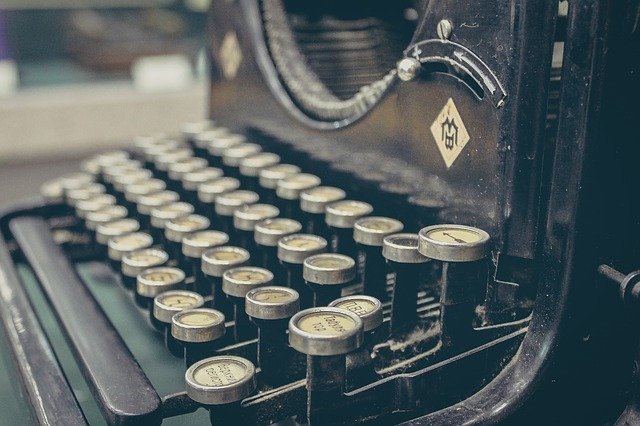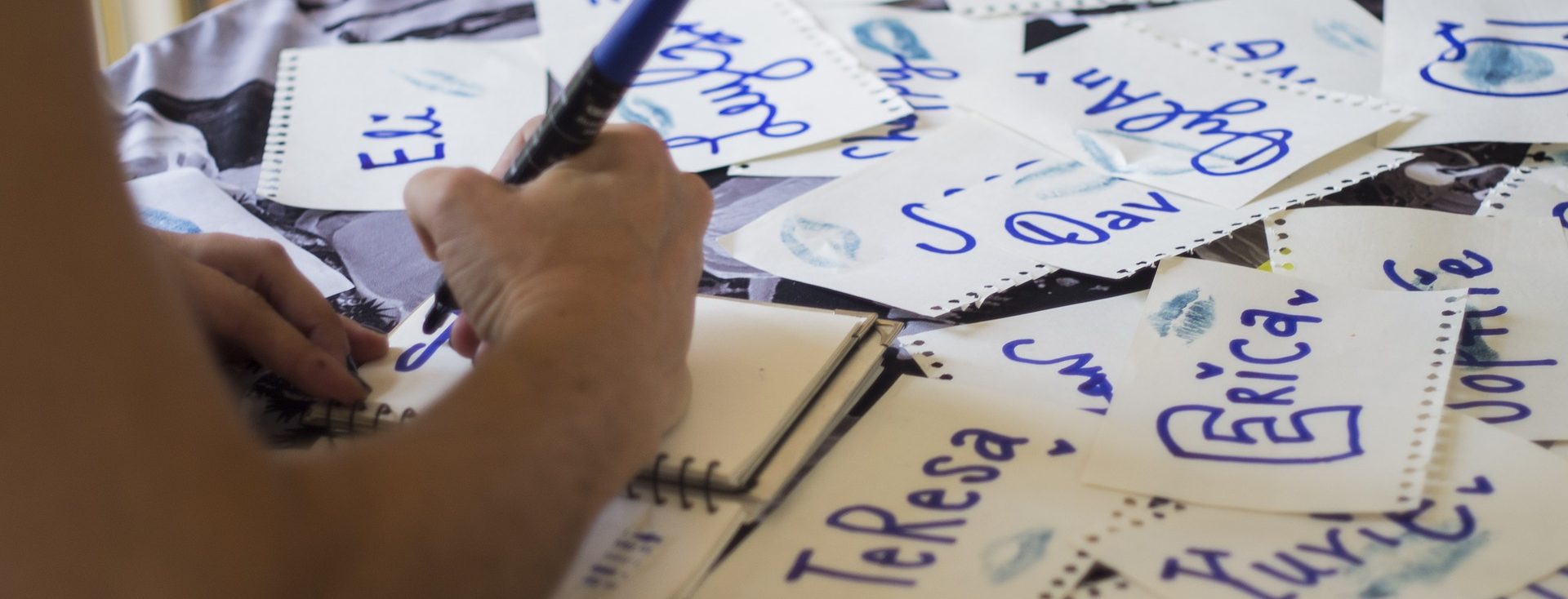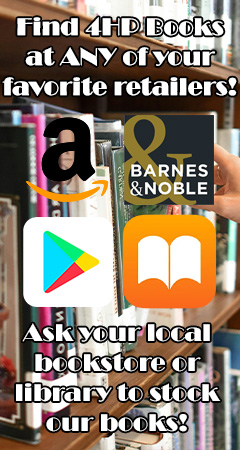
It appears stepping into 2023 with Amazon has gone from a cobblestone road with a few bumps to completely lost in the woods. Visually, it’s equivalent to riding in a carriage with an angry Violet Crawley from Downtown Abbey before teleported to the woods at night being chased in The Blair Witch Project. So what is happening? Authors who have been publishing for YEARS are waking up to closed accounts without warning, notice, or reasons to explain why. Since January there has been a huge wave of alarm rumbling through the community. Social media is exploding as the community shares similar stories. Authors who have been long-time KDP published sellers are finding themselves with closed accounts without notice. And worse, met with aggression, no reply, or nonsensical answers with little to no hope of recovering these accounts nor being able to open new accounts.
A Snapshot of a Rocky Past
Amazon has always had a rocky relationship with independent authors and self-publishers for a while, long before they bought out and folded in CreateSpace. This includes policy changes in erotica that sent a wave of blocked, pulled, and closed accounts to book review changes that continues to plague and confuse authors and readers alike. In short, they have been notorious for the inconsistency in which how and why they take said actions has been a mystery thwarting authors for years.
During the mass closing and COVID pandemic in 2020, many of these same authors were met with their audiobooks being held back, frozen, rejected, or their submission clocks reset while big publishers were still being launched as normal. From March until mid-November anyone under a certain size or account type found themselves completely dead in the water and no path for getting scheduled audiobooks out as they normally had been. It forced many to abandon ACX or find other methods to reach these channels outside self-publishing methods.
Why is This Happening?
It can only be speculated as there hasn’t been any formal statements from Amazon on why not only accounts are being closed without notice, but even big publishers are having unreliable data entry on the product pages (including here at 4HP!). Other problems include misspelled author names, wrong product linking (a preorder book had reviews for a kitchen appliance!), wrong BISAC or keywords, and more. Regardless, the question is: WHY?
Several news reports have been flooding Forbes, NBC, and more on recent layoffs and positions being dissolved. Amazon’s new CEO has been, as he phrased it, “making the company leaner” and many tech-based positions have been completely canned. The first wave hit on January 18th and again in March, with reports stating remote work stops in May, and that he “looks forward to the remaining team’s creative solutions” and “re-establishing in-office culture.” What does it really mean? Who knows, but we are definitely seeing an impact as lack of communication, confusion, and chaos erupts in our latest Amazon encounters. Rejections vary including:
- Your account is associated with another banned/suspended account (Despite no history of one from the author).
- “During a recent audit of your account, we found content and/or activities that are in violation of our Terms and Conditions” which doesn’t explain exactly what it was. This could involve:
- Erotica was too much or a scene reported in a book that triggered this.
- Copyright infringement. Your book had a cover, title, content, or something similar to a title already published. This one is scary, because in the recent months those who reported someone for plagiarism or selling content that they didn’t own, they’ve simply suspended ALL ASSOCIATED ACCOUNTS instead of doing any investigation work.
- You mentioned trademarked items, characters, or used them. Fanfiction falls into this category and you should refrain from selling such works without putting in the effort to trade out and revise it to be its own book.
- Enrolling in KDP Unlimited with a book sold wide.
- Multiple accounts with the same books listed.
What Do I Do Now?
There are options! And more than you realize. For the sake of sanity here are some links and advice on options to consider. There is information out there and remember you’re not alone in this! Many authors are sitting there foaming at the mouth and in complete devastation (or completely in tears). It’s like that time you thought you deleted that manuscript or the cloud server ate a file. We’ve been there friend, so here’s some sources and options to soften the blow:
- If you haven’t found Amazon’s verbiage on this matter, here’s their answer to what to do and if you can appeal from the affiliate side. There was a link and verbiage on amazon and as I write this, I can’t locate it but many are using the KDP Contact form to reach out to start communications on appealing: https://affiliate-program.amazon.com/help/node/topic/GACDBRFKVDTXSPTH
- Want to start fresh with a new account but worried you might do this wrong? No problem! Someone has recently written this how-to, but be mindful this one isn’t author centric but has a lot of insight and shows it’s not just authors being slammed by this: https://sellerinteractive.com/blog/opening-amazon-account-after-suspension/
- Kindlepeneur is a great resource and they have a wonderful article on this topic with the difference between Suspended versus Terminated with insight on what options you have: https://kindlepreneur.com/amazon-account-suspension/
- PUBLISH ELSEWHERE! There’s still ways to get your books back on Amazon without facing or dealing with Amazon directly. Consider using distributors or aggregators such as:
- IngramSparks, Lightning Source, or CoreSource Plus is one of the largest distributors for self-publishers/IndieAuthors to big publishers.
- Draft2Digital is a wonderful option for self-publishers and independent publishers. They aggregate and distribute widely and reach far.
- Associations such as IBPA and others have a means for members to distribute through their own accounts and channels. Also, they often provide discounts and coupon codes for using services or list where to go.
- Find a Small Press or Publisher who takes in previously published work! 4HP is one of those, so if this is something you want to give a try, head over to submissions or check out the details on other publisher sites to see what their policies are on accepting such works.
- BookBaby is a great author services site that has expanded a lot in recent years and added distribution options for ebooks and more.
- Author Services and groups are a great way and if there are issues they can spot them for you before publishing the content live and have no risk of suspension.
- Vanity Presses have publishing packages and you can save on them by choosing to provide the files for the book (typeset and cover). Ask about special packages that simply give you access to their publishing channels and how much this would cost you per year to keep your book live on their channels (though this may be the most expensive route compared to the ones mentioned above).







